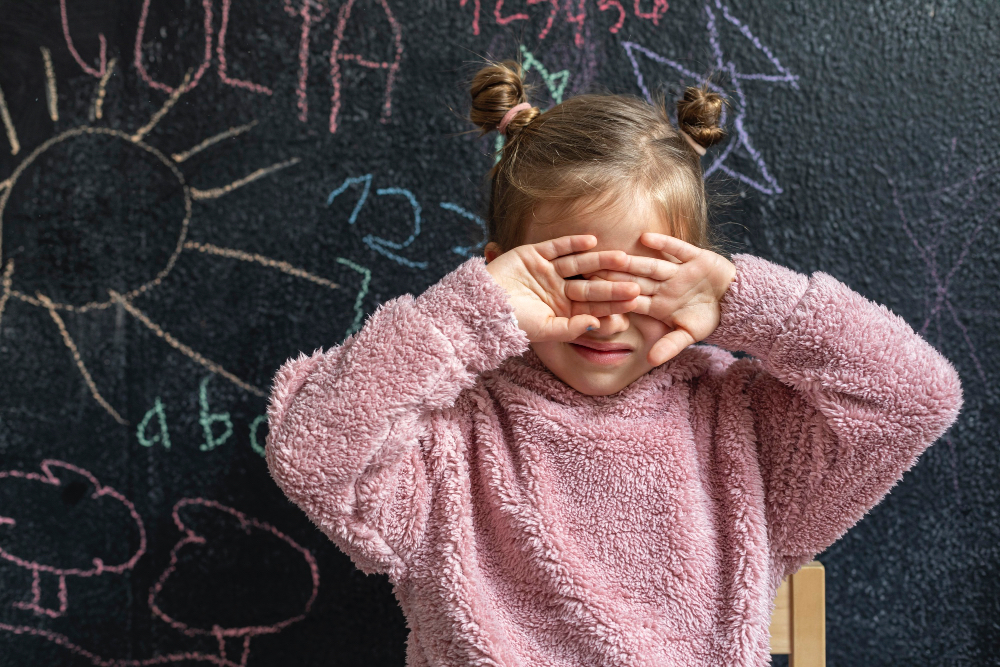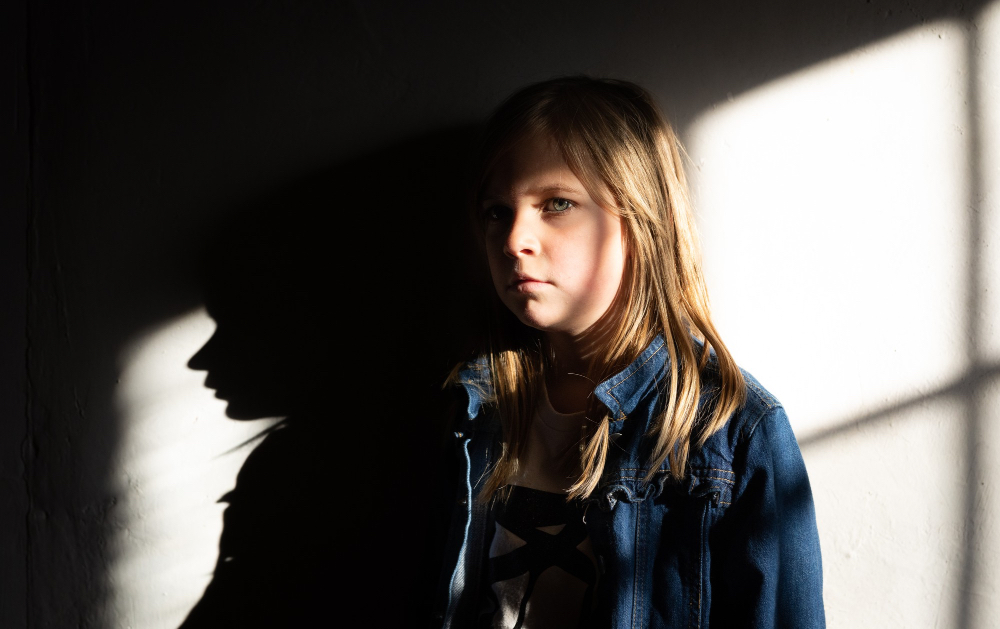Neurodivergent students—especially those who are autistic or have ADHD—often experience the world with heightened sensitivity. They may communicate overwhelm, fear, or distress through behaviour rather than speech. These responses are not disobedience; they are expressions of unmet needs, sensory overload, or nervous system dysregulation.
When educators respond to these behaviours with collective punishment—penalising the entire class or group—it compounds harm. The neurodivergent child may be blamed or resented by peers, further isolated, and made to feel like a burden. Instead of being supported, they are positioned as a problem to be managed.
-
The ABCs of regressive punishment
Discipline in schools is rarely neutral. For neurodivergent students, it often takes the form of quiet harm—masked as structure, delivered…
-
What is an example of collective punishment?
Collective punishment is when a group is penalised for the actions of a few, regardless of individual responsibility. This practice…
Trusting, respectful relationships are essential for co-regulation and emotional safety. For many neurodivergent students, the ability to self-regulate depends on the presence of predictable, attuned adults who respond with empathy rather than control. When trust is broken—especially through collective punishment—the capacity to stay regulated in school may collapse altogether.
Moreover, there is abundant evidence that neurodivergent children are more vulnerable to trauma. Their heightened sensitivity, exposure to misunderstanding, and frequent experiences of exclusion and coercion make them more likely to internalise shame and develop trauma-related responses.
-
Is collective punishment trauma-informed?
Collective punishment is fundamentally incompatible with trauma-informed practice. Trauma-informed practice begins with the assumption that many children have often experienced…
Collective punishment may appear efficient, but for vulnerable students, it is devastating. It replaces safety with surveillance, compassion with control. It is not just educationally ineffective—it is emotionally dangerous.
-
What evidence is there that collective punishment is harmful?
Here is a brief selection from the overwhelming body of research confirming what many of us know intuitively: collective punishment…











